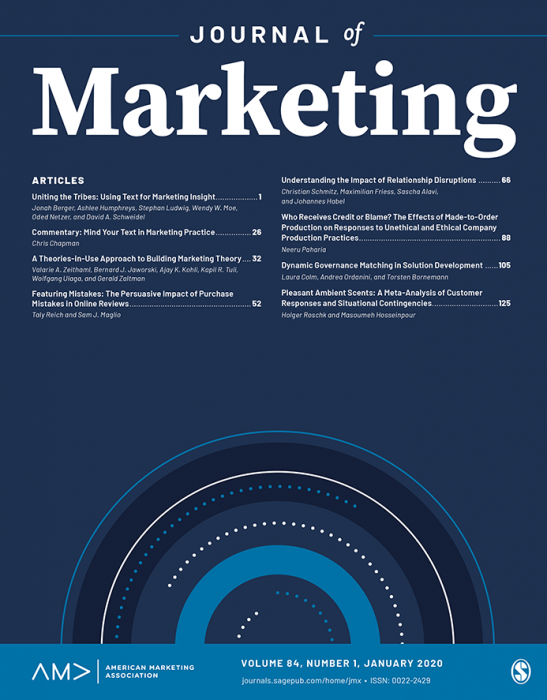新产品引入和IPO价值的时间模式:近代性、分散性和不对称性的重要性
IF 10.4
1区 管理学
Q1 BUSINESS
引用次数: 0
摘要
一家公司的创新活动通常是由它推出的新产品的数量和类型来判断的,但这些产品何时推出可能同样重要,尤其是在上市之前。本研究探讨新产品推出(NPIs)的时间模式如何影响公司的首次公开发行(IPO)价值。该分析使用了2006年至2023年间上市的298家公司的数据,并重点关注了三种时间模式:近代性(最新产品在IPO前推出的时间)、分散性(IPO前新产品在时间上的分布程度)和不对称性(IPO前新产品在时间上的分布比例)。研究结果表明,新产品来源越分散的公司获得的IPO价值越高,而在IPO前推出新产品或在IPO前推出几款新产品的公司往往表现较差。研究结果表明,新近性、分散性或不对称性每增加1%,IPO价值分别下降1.34%、3.65%和1.03%,而这取决于企业的行业增长和产品创新程度。研究结果为理论和实践提供了新的见解,突出了创新时机是IPO绩效的关键决定因素。本文章由计算机程序翻译,如有差异,请以英文原文为准。
EXPRESS: Temporal Patterns of New Product Introductions and IPO Value: The Importance of Recency, Dispersion, and Asymmetry
A firm’s innovation activity is often judged by the number and type of new products it launches, but when these products are introduced may be equally important, especially before going public. This research investigates how the temporal pattern of new product introductions (NPIs) influences a firm’s initial public offering (IPO) value. The analysis uses data from 298 firms that went public between 2006 and 2023, and focuses on three patterns of timing: recency (how recently the latest product was launched before the IPO), dispersion (the degree to which NPIs before the IPO are spread out over time), and asymmetry (how disproportionately NPIs were launched over time before the IPO). Results demonstrate that firms with more dispersed NPIs achieve higher IPO value, whereas firms that introduce a product just before the IPO or introduce several new products disproportionately closer to the IPO tend to perform worse. Findings show that 1% increases in recency, dispersion, or asymmetry result in a 1.34% decrease, 3.65% increase, and 1.03% decrease, respectively, in IPO value, and these vary depending on the firm’s industry growth and product innovativeness. Results provide new insights for theory and practice, highlighting that innovation timing is a key determinant of IPO performance.
求助全文
通过发布文献求助,成功后即可免费获取论文全文。
去求助
来源期刊

Journal of Marketing
BUSINESS-
CiteScore
24.10
自引率
5.40%
发文量
49
期刊介绍:
Founded in 1936,the Journal of Marketing (JM) serves as a premier outlet for substantive research in marketing. JM is dedicated to developing and disseminating knowledge about real-world marketing questions, catering to scholars, educators, managers, policy makers, consumers, and other global societal stakeholders. Over the years,JM has played a crucial role in shaping the content and boundaries of the marketing discipline.
 求助内容:
求助内容: 应助结果提醒方式:
应助结果提醒方式:


